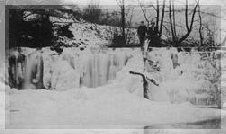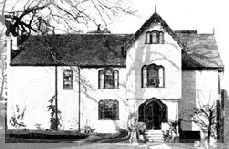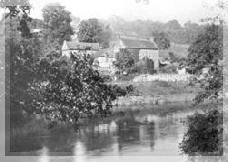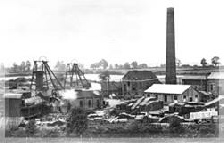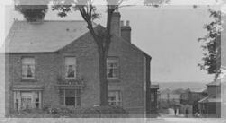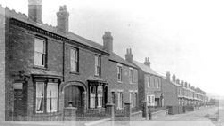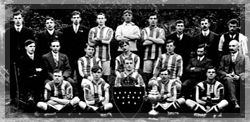|
The History of Highley Highley is a very old settlement, being recorded in the Domesday Book when it belonged to the Countess Godiva, better associated with Coventry. The name is Anglo-Saxon and means “the clearing of Huga”. Originally this part of Shropshire would have been heavily wooded. Huga was probably a seventh century Saxon who farmed a small estate close to where the present church stands. By the time the Normans arrived, Highley was a community of about 10 families who cultivated about 200 acres. The Normans built the church at Highley of the local stone and much of the present structure dates from their times. This was probably the origin of the local quarrying industry, which continued into this century. During the first part of the Middle Ages Highley must have been a prosperous farming community, although it suffered as a result of the Black Death and the poor harvests in the early 1300s. It eventually recovered and amongst its inhabitants were the Langland family from whom William Langland, the greatest English medieval poet, was descended. By the time of the Tudors, work had started on some of Highley’s surviving black and white timber-framed houses. The fields were enclosed and separate farms were created; many of these survive today. After the civil war a new house for the local squire was built at Netherton. However it was of modest design and style, as Highley has never been home to any really wealthy family. Gradually some of the old timber-framed houses came to be replaced by brick buildings. The local quarries were gaining a fine reputation, as was the locally brewed cider. At the start of the nineteenth century there was a brief flourishing of industry as coal mines were started at Stanley and the neighbouring parish of Billingsley. For a while the riverside would have been full of activity with steam engines, horse-worked tramways, houses and barges. By the 1820s the mines had closed and the only industry left were the quarries. In 1850 Highley was called a “quiet rural village”. Even the arrival of the Severn Valley Railway in 1862 made little difference to its peace. Highley was changed forever by the arrival of the Highley Mining Company in 1878. Unlike their predecessors at the start of the nineteenth century, they sank deeply for 300 yards to get into a high quality seam of coal 4 feet thick called the Broach Coal. This covered many square miles beneath Highley and soon the company opened a second mine at Kinlet. Just before the First World War a small mine at Billingsley was redeveloped and expanded by a rival concern. The men employed at all these mines were housed in Highley; the population of Highley grew from 400 in 1871 to almost 2000 by the First World War. Rows of cottages were built; first Silverdale Terrace in 1885, then three streets in the heart of the village and finally Church Street for the better-off miners and officials. The Billingsley Colliery Company started to build a new “Garden Village” at the north of Highley. Shops, pubs, a chapel and a cinema followed the houses. At the outbreak of the Great War Highley had much of the feel of a pioneer town in the Wild West of America. After the War, development at Highley was much slower. A strike in 1921 caused much hardship, especially when it was followed by the closure of Billingsley Colliery. However Kinlet and Highley Mines remained profitable and in 1935 a brand new colliery was started across the River Severn at Alveley. This was connected to Highley village by a bridge and to Highley Colliery by an underground tunnel. Men now walked or biked over the bridge to go to work down the new mine. Alveley Colliery was expanded by the National Coal Board in the 1950’s and employed over 1000 men, producing 300,000 tons of coal a year. The workings went out over 2.5 miles east from the pit bottom, 400 yards below the surface. In the 1960’s over a million pounds was spent on modernising Alveley Colliery and it was forecast to have a life of 50 years. Unfortunately it experienced geological problems and was closed in January 1969. However, by this time, Highley was expanding again, largely as a commuter village. Today over 3000 people live in the village. Much evidence of Highley’s past is still to be seen on the ground today: the church, medieval field patterns and farms, old houses for farmers and labourers, the Edwardian mining settlement in the village centre, Garden Village and the remains of the mines themselves. These can all be explored by following local footpaths and particularly the guided tour described elsewhere in this site. |
|
|
|
|
The dam of the medieval mill, frozen, in February 1917 |
|||
|
|
|||
|
The old vicarage, built about 1660 |
|||
|
|
|||
|
The Ship Inn, Highley’s first inn, built 1770 for bargemen |
|||
|
|
|||
|
Highley Colliery, about 1925 |
|||
|
|
|||
|
Highley High Street, about 1905 |
|||
|
|
|||
|
Church Street, built 1912/13 |
|||
|
|
|||
|
Highley Colliers; winners of the Shropshire Junior Cup, 1915 |


